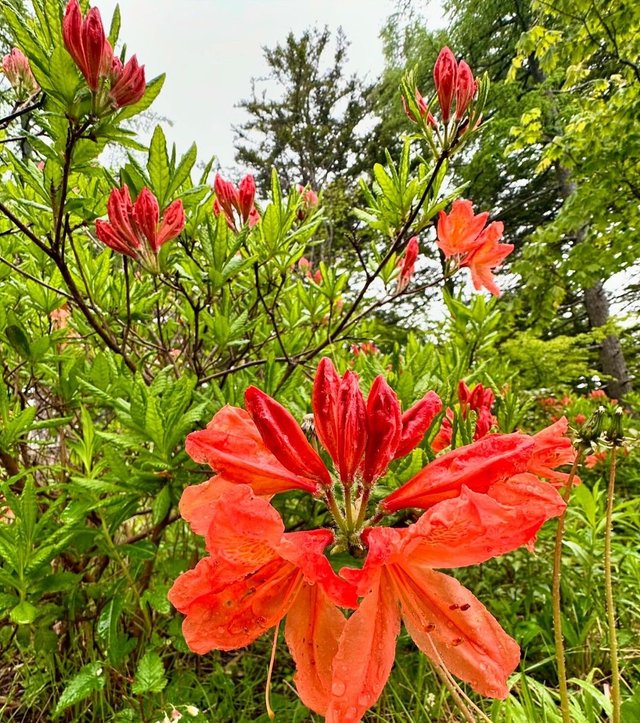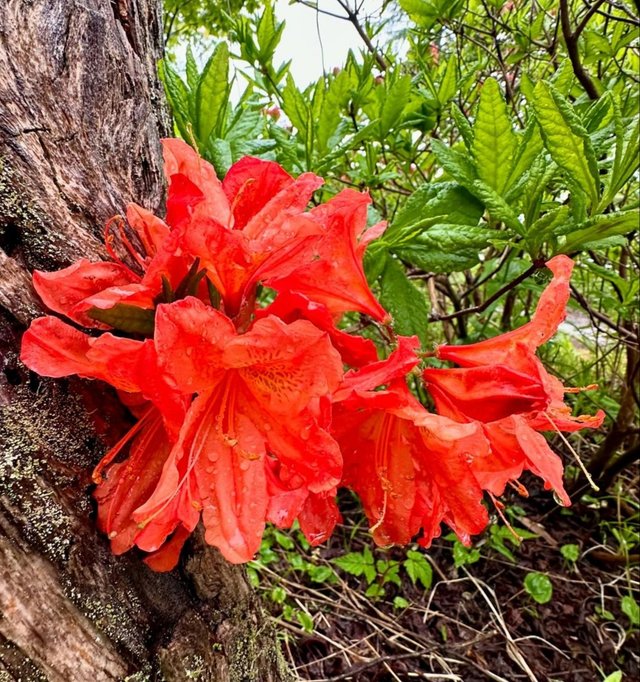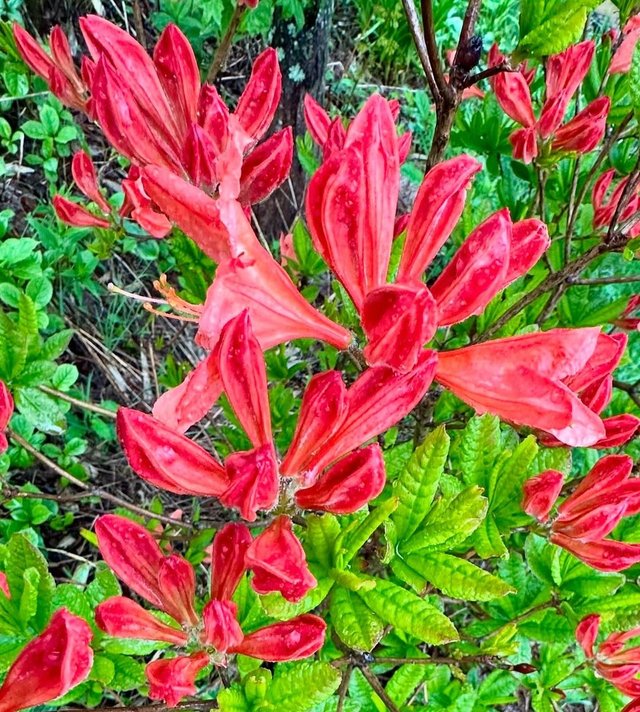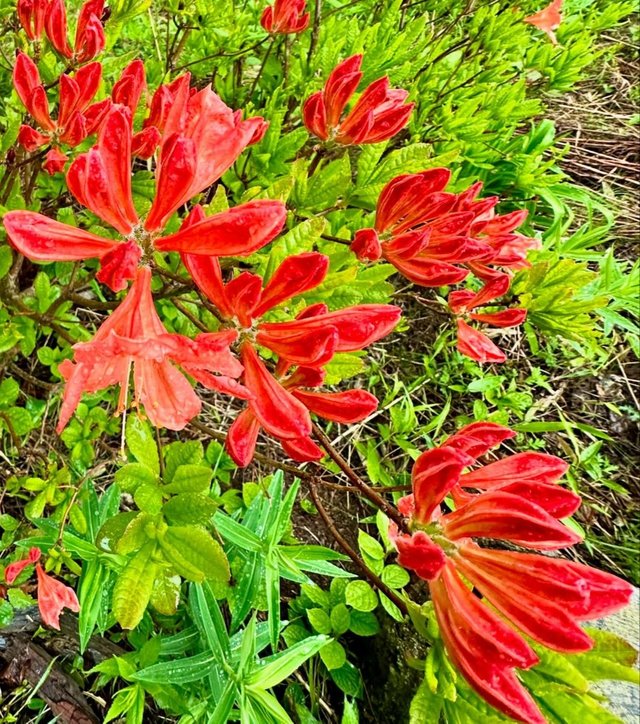Japanese Azalea So Wonderful
Japanese azalea, known for its vibrant blooms and lush foliage, is a beloved plant among gardeners and horticulturists around the world. This ornamental shrub, which belongs to the genus Rhododendron, thrives in a variety of settings, from formal gardens to natural landscapes. In this post, we'll delve into the history, varieties, cultivation tips, and cultural significance of the Japanese azalea.
Historical Background
The Japanese azalea has a rich history that dates back centuries. Native to Japan, China, and Korea, these plants have been cultivated for their beauty and versatility. They were first introduced to Western horticulture in the 19th century, where they quickly gained popularity for their striking flowers and adaptability.
In Japan, azaleas are highly esteemed and have been integrated into the cultural fabric of the nation. They are often featured in traditional Japanese gardens, symbolizing the transient nature of beauty and life. The annual Azalea Festival, or Tsutsuji Matsuri, is celebrated in various regions, showcasing these stunning plants in full bloom.
Varieties
Japanese azaleas are part of the Rhododendron genus and the Tsutsuji section. There are numerous varieties, each with unique characteristics in terms of flower color, size, and bloom time. Some of the most popular varieties include:
Rhododendron obtusum: This variety is known for its compact size and profuse blooming. It comes in a wide range of colors, including red, pink, white, and purple.




Thanks For Reading
Device Information
| Device | Redmi Note 10 Pro |
|---|---|
| Lens | 64 mp |
| Location | Bangladesh |
